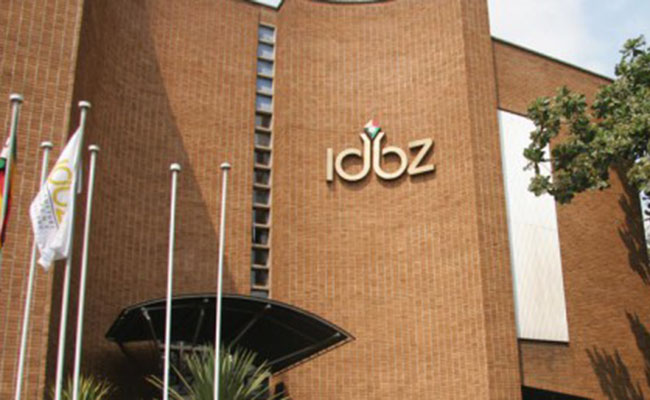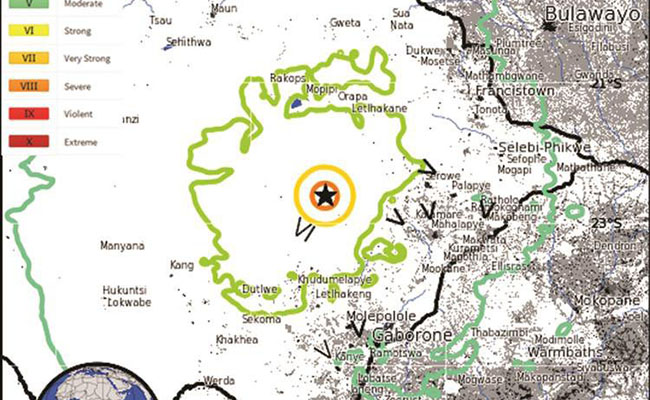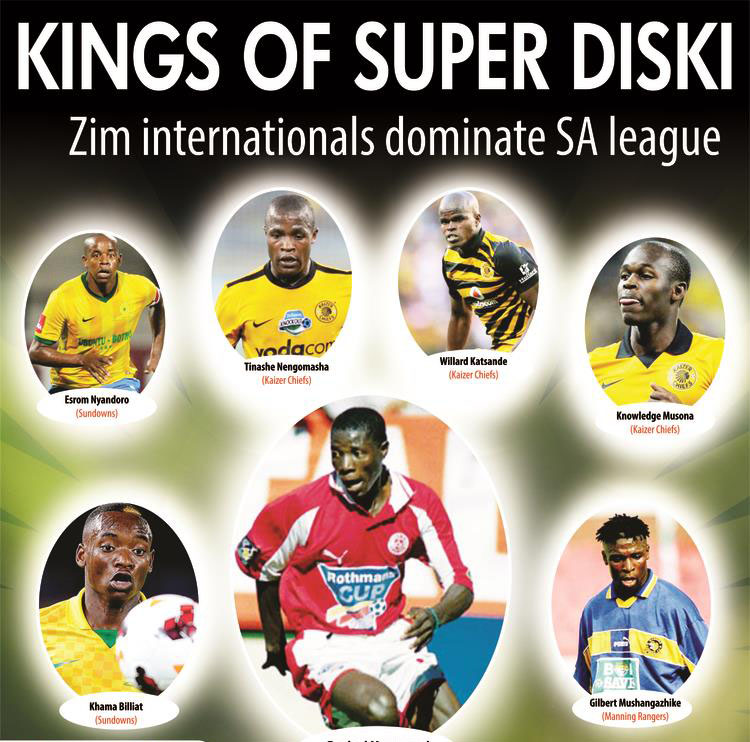IDBZ seeks partners for $250m capitalisation

Business Reporters
THE Infrastructure Development Bank of Zimbabwe says it is looking at partnering international development finance institutions to meet the $250 million desired capitalisation target by end of next year, but this will largely depend on the ongoing re-engagement between the Government and the international community.
Currently capaitalised to the tune of about $49 million, the IDBZ said the capital levels are not adequate to enable the bank to discharge its mandate of providing long term and medium funding for infrastructure projects.
Zimbabwe is re-engaging with its creditors, mainly the World Bank, the African Development Bank and International Monetary Fund with a view of repaying outstanding debts to unlock new funding for the economy. Zimbabwe’s arrears to the World Bank stand at about $1,15 billion while those to the AfDB are at $601 million.
“This (recapitalisation) will depend on the outcome of the re-engagement and we hope the process will be successful,” chief executive Thomas Zondo Sakala told journalists and analysts during a presentation of the bank’s 2016 financials yesterday.
IDBZ adopted a medium-term strategy: 2016-2018, which largely refocuses its operations towards infrastructure development in the energy, transport, water and sanitation, the ICT and housing sectors. Zimbabwe requires $14 billion for development and rehabilitation of the country’s dilapidated infrastructure.
Finance director Mr Cassius Gambinga said the infrastructure development thrust would be in line with the Government’s ability to settle outstanding debts with its creditors.
“As a bank we have a clear capitalisation roadmap and we are looking at strategic investors, those that will understand this type of investment so we will need to have patience and then we are also going to target foreign DFI’s on either equity or debt,” he said.
“The bulk of that funding is likely to come from foreign sources — Development Financial Institutions, Sovereign Wealth Funds and Infrastructure Investment Funds — that better understand the infrastructure business.
“We are engaging directly finance institutions that we will request to come in at one level or the other and provide capacity to our balance sheet. They may not want to put in equity initially but they may be able to give us capacity through lines of credit . . . either way we are looking to grow our balance sheet.”
Mr Gambinga said the poor state of infrastructure in the country was due to little investment during the last decade.
The bank reported a full year loss of $1,3 million from $4 million in 2015 as a result of fair value losses on property, NPL impairments and losses from associates of $200 000. Revenue for the period increased 10 percent to $7,43 million driven by increased money market activity and growth in long-term infrastructure business.
Expenses were higher in 2015 as a result of $2,3 million retrenchment costs but the bank is now reaping the benefits of staff rationalisation.











Comments